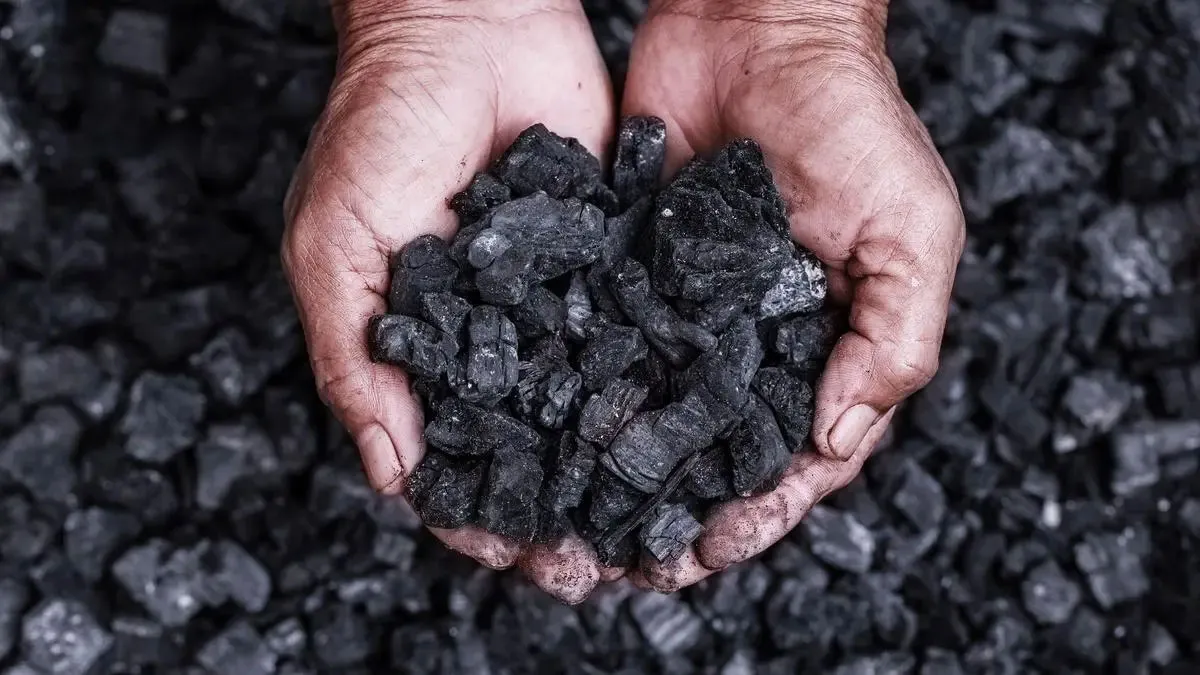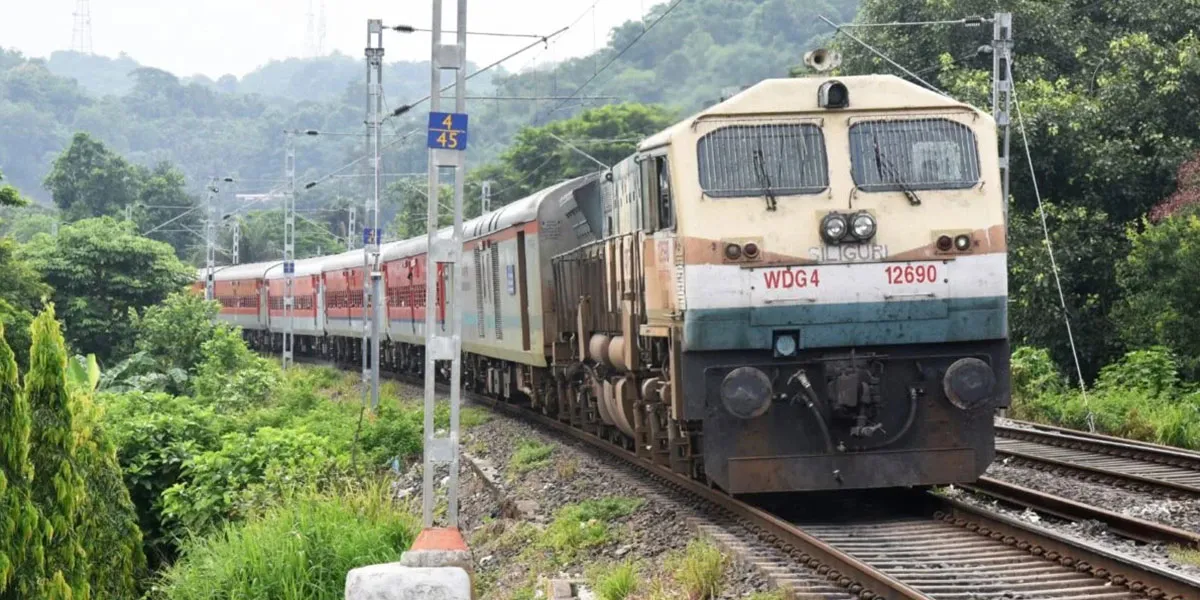
India’s Coal Output Falls Again Amid Lower Power Demand

Hard Worker from Ramco Cements Wins Twin Golds at ET Shark Awards
Hard Worker, the construction chemicals brand from The Ramco Cements Limited, emerged as a double Gold winner at the ET Brand Equity Shark Awards 2025 – South Chapter, held recently at Taj Wellington Mews. The recognition reinforces the brand’s strong connect with audiences through culturally relevant and insight-driven communication.The awards highlight how Hard Worker campaigns successfully engaged audiences across markets by addressing real-world construction challenges. A distinct, culturally grounded brand tone enabled the communication to resonate strongly across both television and ..

Tripura Rail Survey Approved For Jirania–Bodhjung Link
The Ministry of Railways has approved a Final Location Survey (FLS) for a proposed new railway line between Jirania and Bodhjung Nagar in Tripura. The planned section will span 14 km and is estimated to cost around Rs 4.2 million, with the entire alignment located within West Tripura district. The approval marks a key step towards strengthening railway infrastructure and supporting industrial growth in the state. Bodhjung Nagar is Tripura’s principal industrial and commercial hub, developed mainly for resource-based industries such as rubber, bamboo and food processing. The proposed Jirania..

MCF Raebareli Rolls Out Its 15,000th Passenger Coach
The Modern Coach Factory (MCF) in Raebareli, Uttar Pradesh, has reached a major production milestone with the manufacture of its 15,000th passenger coach on December 15, the Ministry of Railways said. During the current financial year 2025–26, the unit has produced a total of 1,310 coaches so far. Established in 2007 at Lalganj in Raebareli, MCF is among India’s most advanced passenger coach manufacturing facilities. Built at a cost of around Rs 31.92 billion, the factory has an installed annual capacity of 1,000 coaches and is located about 3 km from Lalganj on the Kanpur–Raebareli Roa..
















